Top 26 questions on Hydrogen Fuel Cell vehicles (FCEVs) answered
The deep-dive into your comments and questions on hydrogen, Fuel Cell Electric Vehicles (FCEVs) and related issues, stemming from the recent Hyundai Nexo long distance driving world record…
Gratified by the tsunami of comments flowing from the Nexo distance record report. Lots of views there - not entirely nutty, either.
So thank you for taking part in the chat. I did try to respond to as many comments as possible - especially the opinionated arseholes. I do love them.
Here’s the backstory: Hyundai Nexo set a world record for Hydrogen distance driving, almost 900 kilometres from almost civilisation in Melbourne to Dingo Piss Creek, deep in the great Australian fuck-all.
Watch that report here: Hyundai Nexo hydrogen car steals distance driving record from the French >>
Over to you now:
Thanks Dana. Enjoyed that one. I do attempt to preserve the native grammar and punctuation, so that every nuance is adequately preserved.
Pro Tip: There’s no cryonic storage of hydrogen gas in a Nexo. That would be impractical.
The car uses three 52-litre tanks (polymer and carbon fibre-wrapped, if memory serves) to store about six kilos of compressed hydrogen gas at about 10,000 psi (which is 700 bar in metric).
Three small tanks of hydrogen takes up less space and weighs a fraction of a convention petrol or diesel tank.
Yeah - and so are battery EVs, which cost 50 per cent more than ICE, and deliver about half the cruising range, and take significantly longer to refill. But it’s really not all about cost-effectiveness.
There’s a great deal to be said for changing the (poor) status quo of the energy economy. Sustainable mobility is an admirable goal in and of itself.
Easy answer first: Official range on the Nexo is 666km. So, it’ll be about that, more or less, for normal driving. Obviously consumption will increase, as it does for internal combustion, in stop-start traffic with repeated and hard acceleration.
The ANU recently put the cost of green hydrogen in Australia at between $3.18-$3.80 per kilo. And they say it’s looking like $2 at the end of the decade.
One kilo takes you about 100 kilometres in a Nexo. So the fuel itself is not that expensive. It’s the infrastructure roll-out that’s a major hurdle, and we’d also have to know more about the in-service application of fuel cells in cars, long term, as ownership propositions…
...mainly because the fuel cell itself is pretty intolerant of contamination. (But then, so is a modern diesel fuel injection system.) So there’s that.
Electrolysis is about 70 per cent efficient if you do it right. So if you’ve got a panel producing 350 watts of electricity and the sun shines for four hours a day (conservatively) that’s 1.4 kilowatt hours per day.
Once you electrolyse water with it, you’d get about one kilowatt-hour of hydrogen energy. Hydrogen has an energy density of 39 kWh per kilo, so that’s about 26 grams of hydrogen per panel per four hours of bright sunlight.
About 40 such panels would give you about one kilo of hydrogen a day - which is roughly the energy stored in a 130-kilo battery. Or enough to drive about 100 kilometres (which is 60 miles in ‘Murica).
Of course, you also have to compress it to 10,000psi, and some energy is consumed doing that. You’d lose about 35 per cent there. Still not too bad, as industrial processes go.
And before you ask, fuel cells are roughly twice as efficient as ICE. But less efficient than batteries. In terms of tank-to-wheel.
MORE REPORTS ON ELECTRIC VEHICLES, HYDROGEN, AND BATTERIES
Hyundai Nexo hydrogen car steals distance driving record from the French >>
The truth about EVs, long-distance driving & regional recharging >>
How green are hydrogen fuel cells? >>
Answering your electric vehicle questions (after 10,000km in a Kona EV) >>
Cobalt Blues: Mythbusting your comments about cobalt in EV batteries and fuel >>
Scott Morrison, the car industry and the ‘zero emissions’ lie >>
12 things I've learned after driving an electric car 9000km >>
My AutoExpert AFFORDABLE ROADSIDE ASSISTANCE PACKAGE
If you’re sick of paying through the neck for roadside assistance I’ve teamed up with 24/7 to offer AutoExpert readers nationwide roadside assistance from just $69 annually, plus there’s NO JOINING FEE
Full details here >>
Yeah, they probably would. But I don’t really see much point because you can’t buy one as an ordinary consumer (yet). And even if you could by one, where exactly are you going to re-fuel it? Toyota has just opened a hydrogen production facility in Melbourne, but it’s for commercial use only, as is the one in Canberra, and there’s Hyundai’s refueler at Macquarie Park, but again, it’s for private use only.
As for driving Nexo, it is just like driving a battery EV.
Yeah, Gina does have the cash and the inclination to tip into full scale green hydrogen production. But don’t expect her to part with her millions without a resounding return on investment - unlikely to happen for the foreseeable future.
Yeah - DIY hydrogen at home is not something I would recommend. Especially not if you collect the oxygen gas in the same container as the hydrogen gas. Perfect stoichiometric mix, good to go.
Also, to the many who suggested carrying oxygen gas as well as hydrogen, thereby obviating the need for filtration of the inlet air, there’s nowhere to put the 80-ish litres of oxygen tanks inside the Nexo. Let’s call it a packaging dilemma.
The only reason they carried oxygen for the fuel cells in Apollo was because there’s no oxygen gas in the vacuum of space.
I do note a lot of pro-battery partisanship in the comments. Also this:
Humanity needs mobility. That’s an absolute. Because we don’t all want to go back to the 12th Century. So inconvenient. And it’s pretty clear the structure of the mobility game needs to change - towards renewables, rapidly.
Battery EVs have their advantages. They’re pretty much unbeatable from a tank-to-wheel perspective, on efficiency, but it does take a shitload of energy to make the batteries (like, about 350 kilowatt-hours per kilowatt-hour of battery storage capacity - ballpark).
So for a battery like the 64kWh battery in the Kona EV, it takes about 20 megawatt-hours of energy just to make the battery, and if you do it in a place like Poland or north-eastern China, that energy is about three-quarters coal-fired.
And this is a huge CO2 impost to get over, to start saving the planet, especially if you run the battery EV on coal-fired electricity here in Australia. It just is.
I’m not anti-EV, I’m just pro fact. The details really matter on EVs and fuel cells. And anything else touted as sustainable.
One of the biggest problems with batteries is of course scaling up - to global mobility scale - meaning scaling up the heavy metal production for the electrolytes and the aluminium for the housings, etc.
Also, batteries kinda fall over for heavy vehicles and aircraft, owing to the low energy density and high mass. They’re called facts - nobody has to like them. Fuel cells have a particular place there in the future transport energy mix.
Much less energy is embodied in a PEM-type fuel cell and three polymer and carbon-fibre-wrapped hydrogen tanks, frankly.
Purity is vitally important (of the inlet air) so effective filtration is a must. And the filters would need changing. And I’m hardly a fuel cell expert but it seems the membrane in the fuel cell stack will need replacement at some point.
Roughly, it would be equivalent to changing a timing belt in terms of cost and inconvenience/complexity there, I presume.
Michael here, has been watching too much science fiction. There are no ‘new’ sources of energy. They don’t exist. That’s just a fantasy from the minds of people who haven’t lived their lives to the point of achieving basic scientific literacy - or for Hollywood (which can often be the same thing).
Yeah, I guess they’re roughly the same size. In practice: Three 52-litre tanks, at roughly 10,000 psi. Or, for the technically literate, of course, PV = nRT. There’s that. And no, I’m not gonna explain it.
I assume so. I think the locals burnt it, creekside. Looking forward to the report on the bonfire. After all, imagine the CO2 from sticking it on a flat-bed diesel-burner and trucking it all the way back to civilisation.
No pollutants during the trip, obviously, except from the convoy of support vehicles.
If the hydrogen came from methane, the CO2 would have been prolific. You have to strip the carbon from the methane and emit it as CO2 in two energy-intensive processes - the first one at about 1100 degrees C and the second at about 300 degrees C. It’s called ‘steam reforming methane’. Google knows everything.
If the hydrogen came from electrolysing water using renewable electricity, CO2 emissions were effectively zero, but in practice you’d need to amortise the CO2 embodied in the array and the electrolyser and other infrastructure.
The water a Nexo poops out is chemically pure. And there are no other emissions.
Yes, you could drink the water coming out the back of a Nexo. Just like Dr. Karl did.
Fresh water is a sparse resource on Earth, I think only about 3 per cent of all water on the planet. But yeah, it is possible to electrolyse seawater. There are some technical impediments, like chlorine corrosion, but definitely do-able. Fresh water is an admittedly limited resource.
ACT Government: 20 Nexos, one charging station based on a H2 electrolyser, Solar power from NeoEn: The rate payer is buying the lot at an amortised rate of about $25/kg, in my opinion. Millions of dollars burned at the green altar.
- The Air Stig
This evangelical stuff doesn’t fly. Not to me. Do you want to make the earth uninhabitable or invest now in the future of humanity? That’s the basic proposition. There’s no third choice. Climate change is real. Humanity is causing it.
Geopolitically, I’d be overjoyed to see Australia as a hydrogen gas-producing superpower.
Dude - it was a distance record. Rule One with setting a distance record is: Start with a full tank.
So, yeah. Ammonia dense-phase conveying is in its infancy, and more suited to bulk transportation, like exports. I think it was the CSIRO who developed that >>.
This was an excellent question from Bruno.
Apparently there is a high-voltage battery in the Nexo, and it's located between the rear-most and middle (of the three) hydrogen tanks, under the cargo floor and roughly between the rear wheels. It's lithium-polymer, 64 cells @ 3.75 volts apiece in series for 240V and 6.5 Ah total capacity (1.5kWh). Presumably for regenerative braking and instantaneous-type acceleration demands. It’s about as big, ballpark, as the battery in a non-plug-in hybrid.
Looking at this simplistically - and there are several assumptions in play: It takes 237kJ of energy to dissociate one mole of water. (If you didn’t study, a mole is like a standard packet containing a fixed number of molecules. A lot.)
That gives you one mole of hydrogen gas, which weighs two grams per mole - it’s pretty light stuff. So every kilo of hydrogen gas is 237 divide by 2 - call it 120MJ. And there’s 6.27 kilos of hydrogen gas in a Nexo, so that’s about 750MJ.
But an electrolyser is about 70 per cent efficient, so that’s about 1 billion joules to electrolyse the water, and you’d be losing a third of the energy - ballpark - compressing the hydrogen so you’d need about 1.5 billion joules of photovoltaic electricity on the input side, to fill one Nexo.
And the way God and Maxwell made sunlight, it’s about one kilowatt per square metre, and a solar cell is about 20 per cent efficient, so if you count on five hours of incident sunlight per day, that’s 1kWh per day, or 3.6 million Joules. Per square metre of solar array.
So you’d need about 1500 million joules divided by 3.6 million joules equals about 400 square metres of array to fill one Nexo per day.
This is a pretty stupid metric, because the average car in Australia only drives about 40km per day, so that’s really enough for about 17 Nexos per day of average driving.
So if you had a fleet of 20 Nexos (like the ACT government now does), you could certainly run them from an array on the rooftop of a business big enough to operate 20 vehicles. Definitely possible, totally off the grid. Actionable now. Today, even.
Hydrogen in a tank at 10,000psi is probably safer than gasoline, all things considered. It dissipates very quickly, although it is quite flammable. Unlikely to detonate, however. More likely to deflagrate. (Like, burn.)
Also, because it’s in a proper tank and not wrapped in oil-soaked canvas like the Hindenburg, it’s unlikely to be as serious if it does burn.
In the context of disaster management - it’s a net positive that we’re not also carrying compressed oxygen gas.
And a hydrogen fire is easier to fight than a lithium-ion battery fire for example, because as the electrolyte in a battery destabilises it decomposes and emits oxygen gas, which is why you cannot extinguish a battery EV fire. So there’s that.
Don’t get my wrong - hydrogen gas is dangerous, just like all other fuels. But the risk can easily be managed to the point of acceptability. Gasoline is very dangerous - yet we all think nothing of being near it, because of how well the risk is managed. Not because it is in any way benign.
How dangerous is hydrogen gas in cars? >>
In the context of disaster management, it’s a net positive too we’re also not talking about carrying compressed oxygen gas tanks in the vehicle as well. Look at what happened with Apollo 1, ultimately, and its last mission where on the launch pad, during a test - it was a bad result.
A hydrogen fire is actually easier to fight for firefighters, compared with a lithium-ion battery fire for example. In a battery, when the electrolyte destabilises it tends to decompose, partly, into oxygen gas which is why you simply cannot extinguish an lithium-battery EV fire. So there’s that.
Don’t get me wrong. Hydrogen gas is quite dangerous stuff, just like all other fuels, including coal, but the risks can be easily managed to the point of being quite acceptable. Beyond acceptable.
Gasoline is very dangerous, highly volatile stuff, yet we all think nothing of being anywhere near it because of how well the risk is managed, not because it’s a benign substance.
Here’s what happened when Toyota tried blowing up hydrogen tanks for the Mirai:
Can’t wait for the aftermarket to dream up a long-range droptank for 2040 Hilux. What could possibly go wrong?
Pro Tip: 50 kilos of hydrogen would require 24 50-litre storage tanks onboard. Or perhaps a big balloon overhead. Either way, it would be ridiculously impractical.
I think overall the tank-to-wheel efficiency of a fuel cell EV is about double the efficiency of ICE.
Hyundai is free to claim whatever they want, obviously, but starting with methane and ending with transportation is a fraud, in terms of sustainability.
ICE, batteries and fuel cells all have their place in the future. That’s a given. It’s not all about efficiency - it’s about the application, and about things like the viability of rolling out billions upon billions of batteries at scale, and the environmental impacts of that.
Like, what shits me here, just in closing, is the vested interests. Electric Jesus (Tesla) and Volkswagen - both very keen to rubbish hydrogen. (But only because of their vested interest in batteries. Not because hydrogen is in any way invalid, intrinsically.)
Toyota is keen to rubbish plug-in hybrids here in Australia, principally because they’re not offering one for sale here. Battery zealots very keen to rubbish ICE and hydrogen.
And then there are the owners - who are virtually intolerable. Two out of every three battery EV owners will brook no criticism of what I would call ‘their Tesla shitheap’ - no matter how valid it might be. They have joined the cult, and as we all know, rule one of any cult is: The cult may not be criticised.
ICE advocates are very keep to shitcan anyone who thinks sustainability is important. Because, apparently, CO2 is plant food, and thus all those scientists are wrong. It’s very difficult for average people to form a balanced view in this domain, because of this cacophony of vested-interest bullshit. Which is why scientific literacy is so important for average people.
Scientific literacy is a modern-day bullshit detector. It’s a universal solvent, no matter how half-baked the bullshit. If you’ve got kids, cattle prod them - if necessary - into remaining awake in mathematics and science classes.
My other website - ParentingExpert.com for more on this. Click now, because we wouldn’t want them growing up to be lawyers - or worse - politicians.





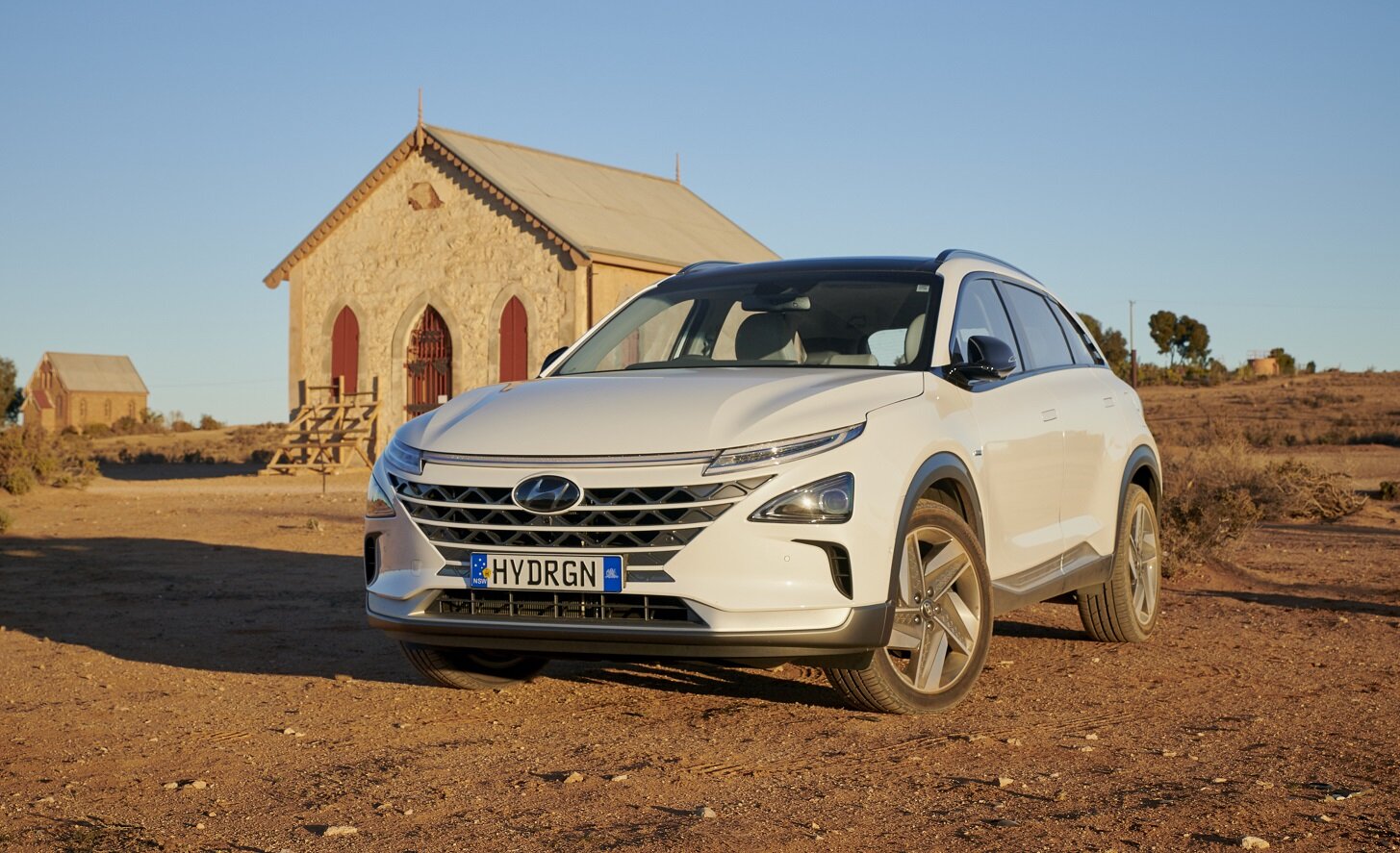
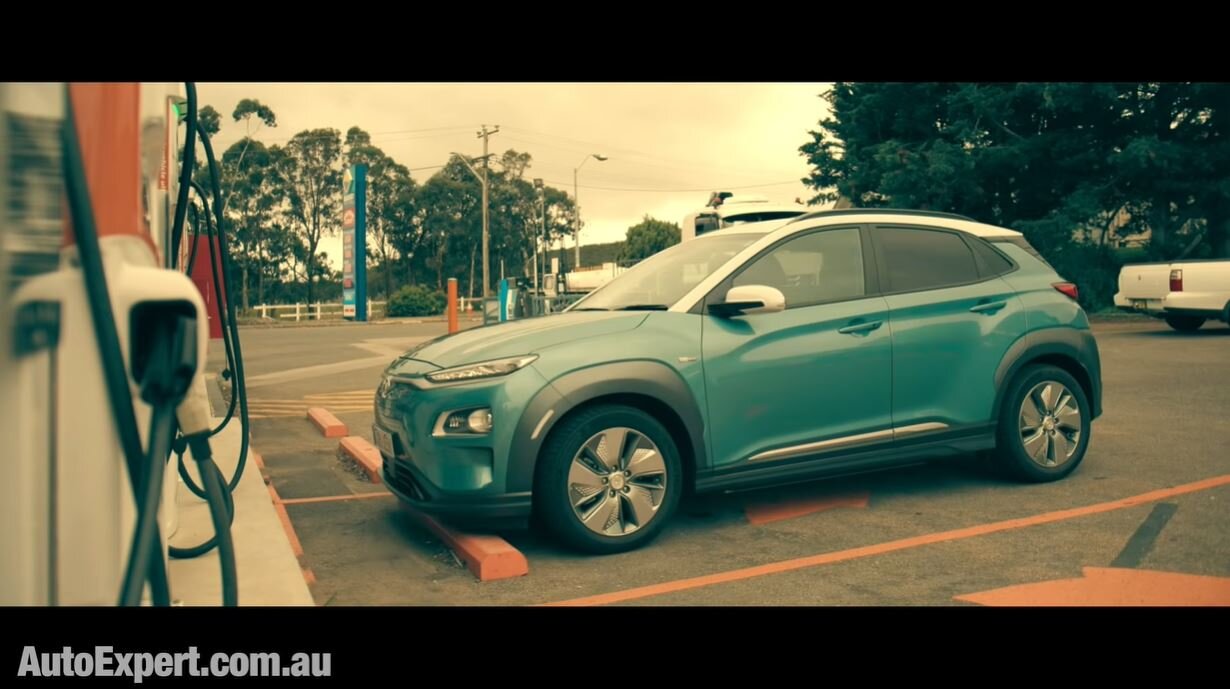

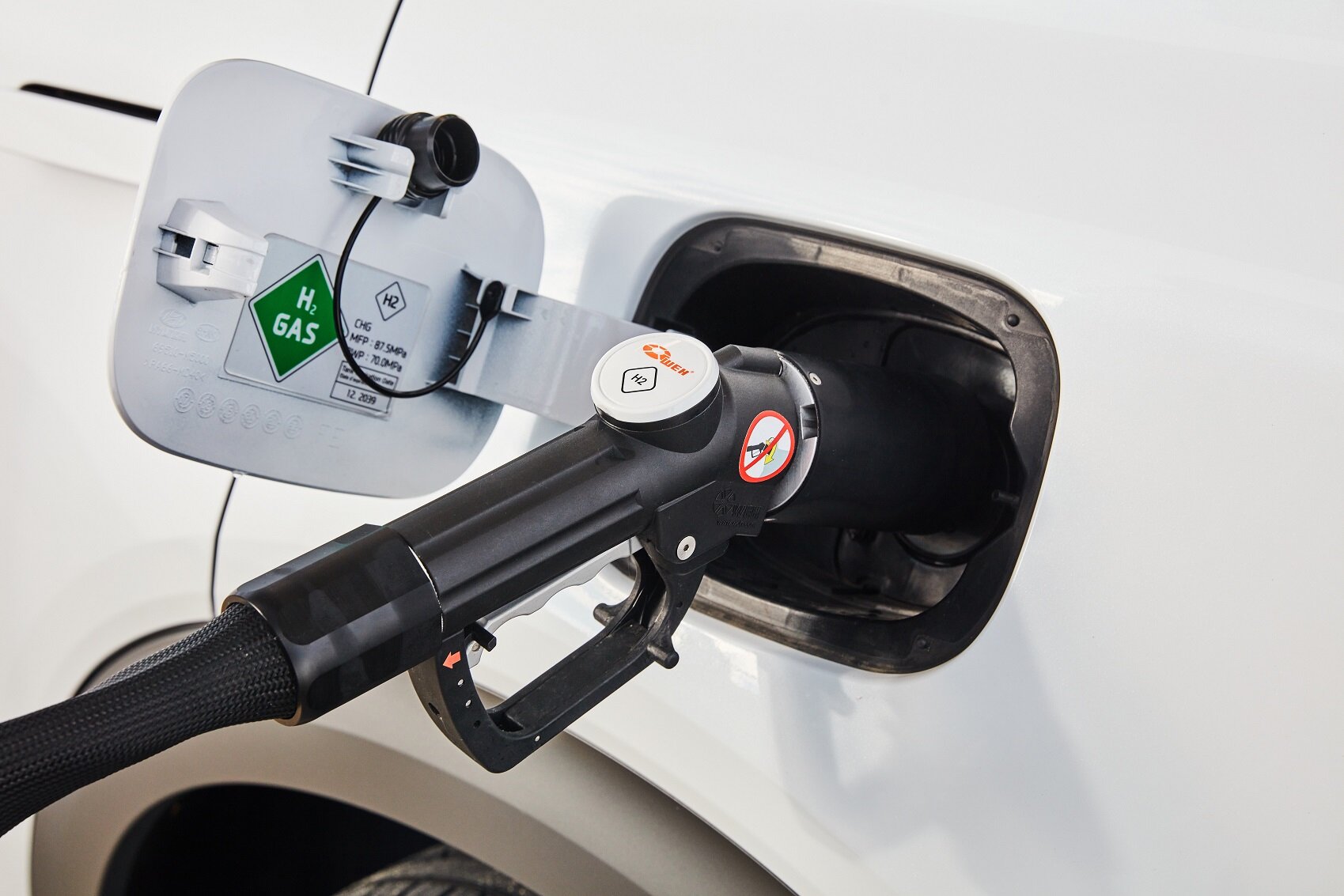













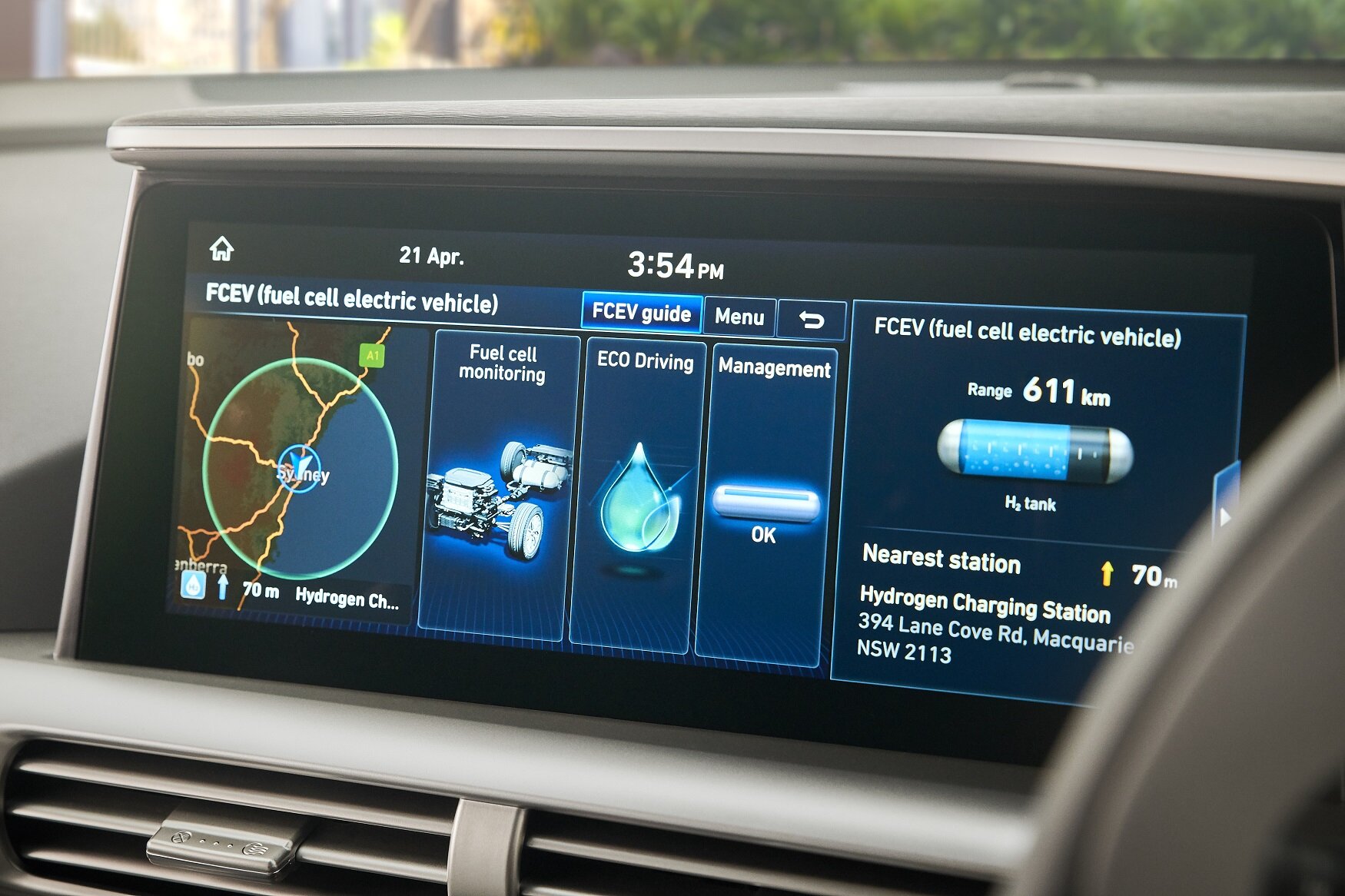
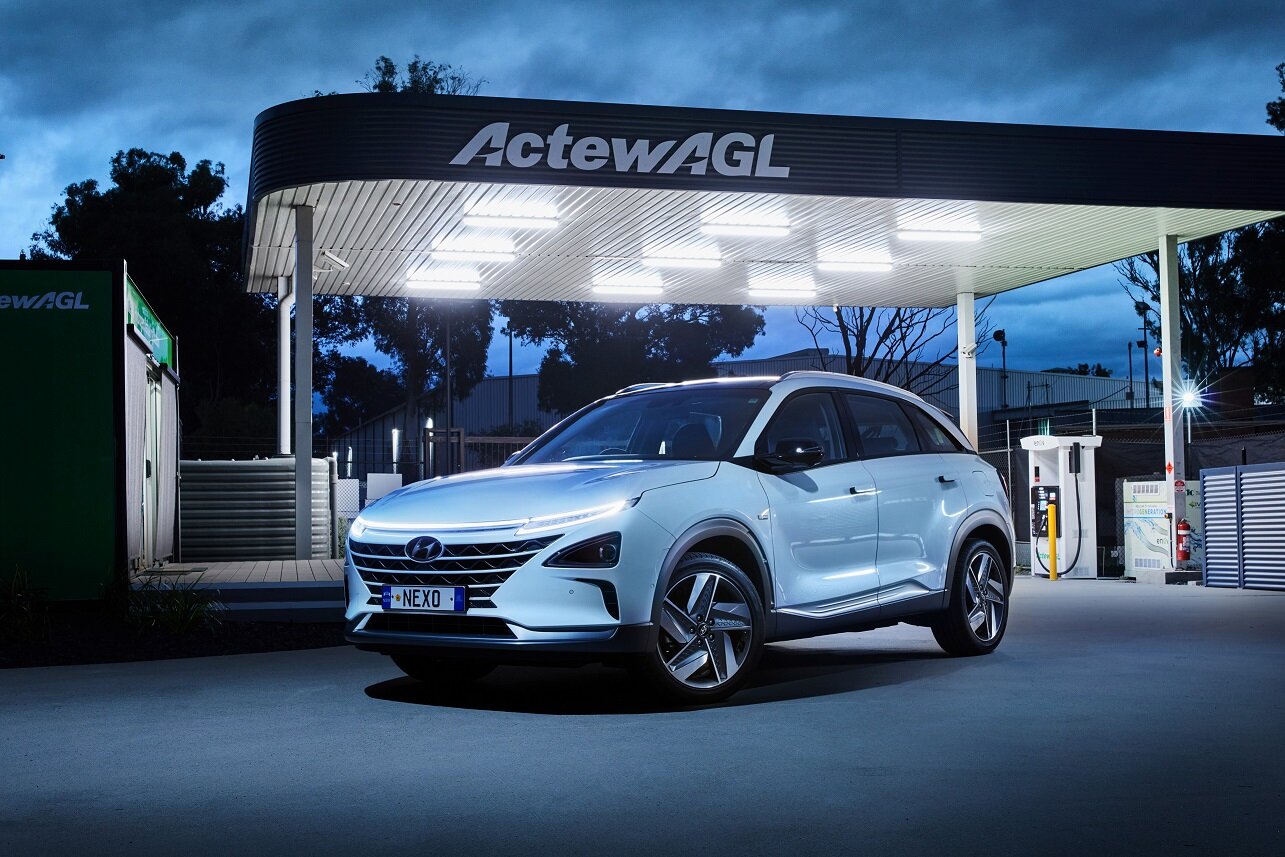
























The MG ZS is a small SUV that offers such strong value to most buyers that it should be on your shortlist be default, even when shopping for a used car. But given that no car is perfect, the price could easily distract from its drawbacks.